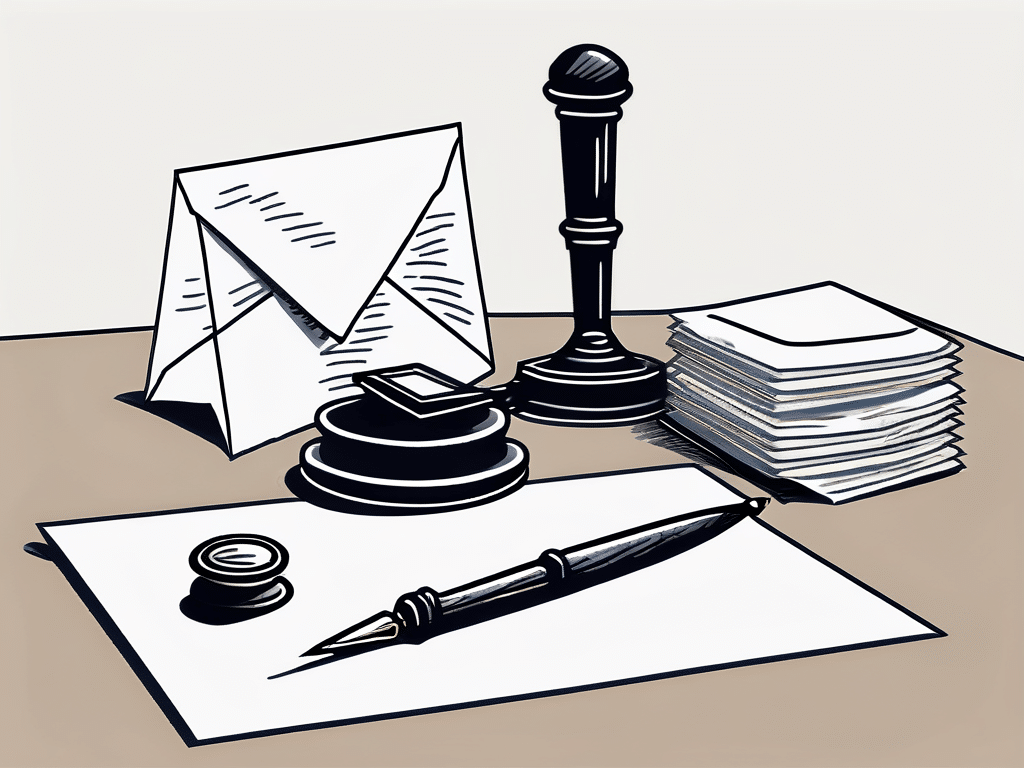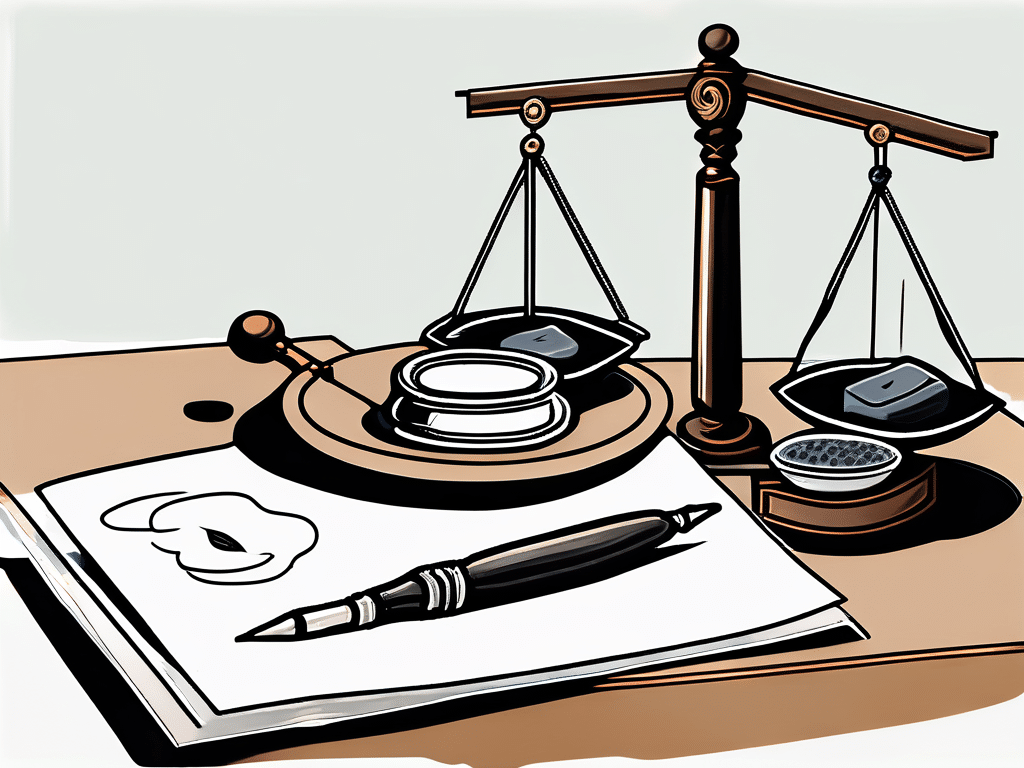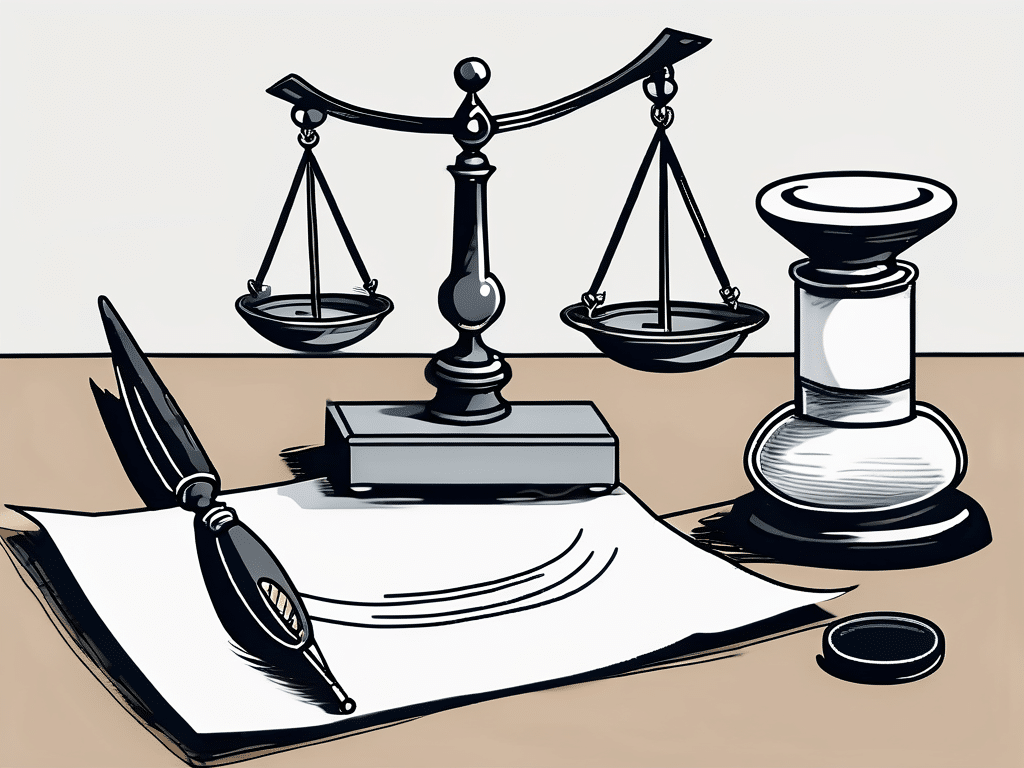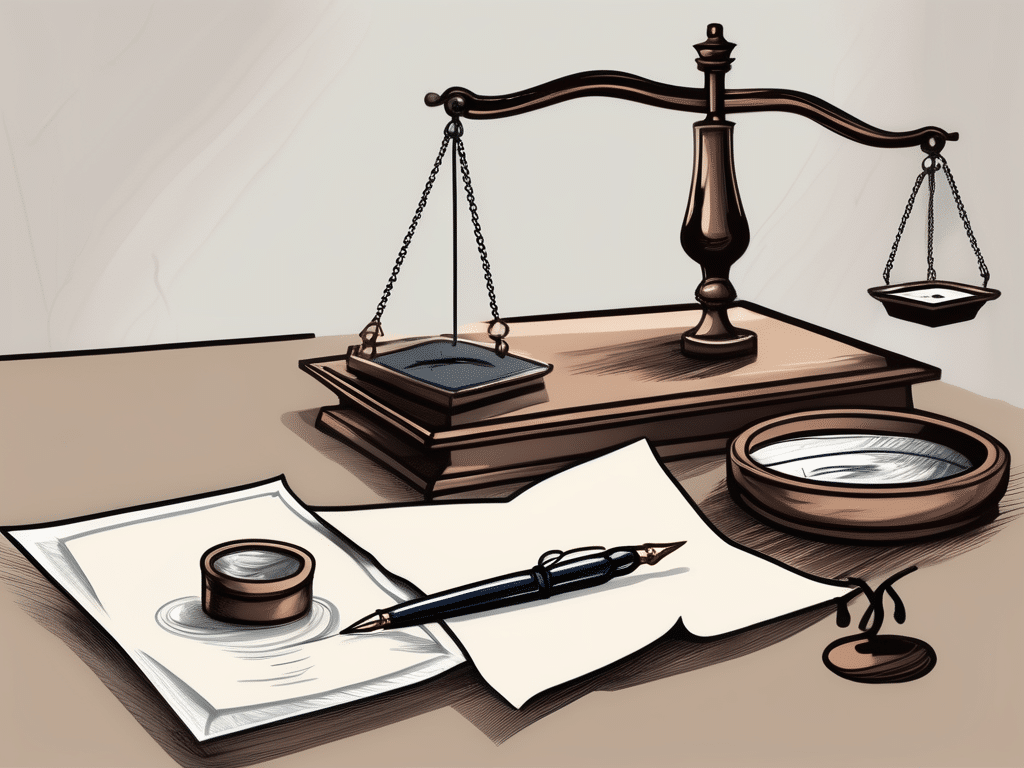Writing an effective demand letter is an essential skill for anyone involved in a dispute or legal matter. A well-crafted demand letter can help you express your concerns, outline your desired outcome, and potentially resolve the issue without resorting to litigation. In this article, we will explore the purpose of a demand letter, the essential elements it should include, and the steps to write and send one. We will also discuss the importance of crafting the tone and language of your letter to maximize its impact.
Understanding the Purpose of a Demand Letter
A demand letter serves as a formal communication to the other party involved in a dispute. Its primary purpose is to clearly state your position, outline your grievances, and request specific actions or remedies to resolve the issue. By sending a demand letter, you are giving the other party an opportunity to address your concerns before resorting to legal proceedings.

When crafting a demand letter, it is essential to be clear, concise, and professional in your language. Clearly outline the facts of the situation, including any relevant dates, events, or agreements that support your position. Be sure to specify the desired outcome or resolution you are seeking, whether it be monetary compensation, a repair or replacement of goods, an apology, or any other form of redress.
The Role of a Demand Letter in Dispute Resolution
A demand letter plays a crucial role in the resolution of disputes. It provides a clear and documented record of your side of the story, your expectations, and your willingness to resolve the matter outside of court. It also demonstrates your seriousness and commitment to pursuing a fair resolution.
Furthermore, a demand letter can help to streamline the negotiation process by clearly laying out the issues at hand and proposing potential solutions. This can often lead to a quicker and more cost-effective resolution compared to engaging in lengthy and expensive legal proceedings.
Legal Implications of a Demand Letter
While a demand letter is not a legal requirement, it can be a powerful tool in building a strong case if litigation becomes necessary. By sending a demand letter, you are showing your good faith efforts to resolve the matter amicably, which can have a positive impact on the court’s perception of your case.
Additionally, a well-drafted demand letter can help to protect your rights and interests by clearly outlining your legal position and the remedies you are seeking. It can serve as evidence of your attempts to resolve the dispute outside of court, which may be beneficial in demonstrating your compliance with any pre-litigation requirements or procedures.
Essential Elements of a Demand Letter
A well-structured demand letter should include several key elements to effectively convey your position and objectives. These elements include identifying the parties involved, stating the issue clearly, and detailing the desired outcome.
When crafting a demand letter, it is crucial to consider the tone and language used to ensure that your message is clear and professional. The tone of the letter should be firm but respectful, avoiding any inflammatory or accusatory language that could escalate the situation. By maintaining a professional demeanor, you are more likely to achieve a positive outcome through constructive dialogue.
Identifying the Parties Involved
Begin your demand letter by clearly identifying the parties involved in the dispute. This includes providing the full legal names, contact information, and any relevant identification numbers or references. Clearly stating the identities of the parties will help eliminate any confusion and ensure that your letter is directed to the correct recipient.
Furthermore, it is important to provide a brief background or context regarding the relationship between the parties to help the recipient understand the nature of the dispute. By providing this context, you can establish a foundation for addressing the issue and working towards a resolution.
Stating the Issue Clearly
After identifying the parties, clearly state the issue or problem that you are seeking resolution for. Be concise and specific in your description, providing relevant details and supporting evidence if available. Clearly articulating the problem in a factual and objective manner will help set the foundation for your argument.
In addition to outlining the issue, it can be beneficial to explain the impact or consequences that the problem has had on you or your business. By highlighting the effects of the issue, you can emphasize the importance of finding a timely and satisfactory resolution for all parties involved.
Detailing the Desired Outcome
Once you have outlined the issue, clearly state what you believe would be an acceptable resolution. Define your desired outcome in specific terms, such as a refund, compensation, or a specific course of action. Be reasonable in your expectations and avoid making unrealistic demands, as this could undermine the credibility of your letter.
It is also helpful to provide a timeline or deadline for when you expect a response or resolution to be reached. Setting clear expectations for the next steps can help facilitate a prompt and efficient resolution process, demonstrating your commitment to resolving the issue in a timely manner.
Crafting the Tone and Language of Your Demand Letter
When writing a demand letter, it is important to strike the right balance between firmness and politeness. Your tone should convey assertiveness and seriousness without being confrontational or hostile. Remember that the recipient is more likely to respond favorably if they perceive you as reasonable and considerate.
It is also worth noting that the tone of your demand letter can set the stage for future negotiations or legal actions. By maintaining a professional and composed demeanor, you are more likely to establish a constructive dialogue with the recipient and increase the chances of reaching a satisfactory resolution.
Balancing Firmness and Politeness
While it is crucial to assert your rights and expectations, it is equally important to maintain a professional and respectful tone throughout the letter. Avoid using aggressive language, personal attacks, or inflammatory statements. Instead, use strong but polite language to clearly communicate your position and desired resolution.
Furthermore, acknowledging the recipient’s perspective and demonstrating empathy towards their situation can help in fostering a more cooperative atmosphere. By showing understanding and openness to dialogue, you can encourage the recipient to engage with your demands in a more positive light.
Using Clear and Concise Language
Clarity is key when writing a demand letter. Use simple and straightforward language to ensure that your message is easily understood. Avoid jargon or unnecessarily complex terms that could confuse or alienate the recipient. Consider including bullet points or numbered lists to organize your points and facilitate readability.
In addition to clarity, providing specific details and evidence to support your claims can strengthen the credibility of your demands. By presenting a well-structured argument with relevant facts and documentation, you can make a more compelling case and increase the likelihood of a successful outcome.
Steps to Write a Demand Letter
Writing a demand letter requires careful planning and attention to detail. Follow these steps to ensure that your letter is effective and impactful.

Gathering Necessary Information
Before you begin drafting your demand letter, gather all necessary information related to the dispute. This may include copies of relevant documents, contracts, receipts, or any correspondence you have had with the other party. Having all the information at hand will help you present a strong and well-supported case.
Drafting the Letter
Start your demand letter with a clear and concise introduction that identifies the purpose of the letter and the parties involved. In the body of the letter, state the issue, provide any supporting evidence or documentation, and clearly outline your desired outcome. Be specific in your demands and avoid vague language that could lead to misinterpretation. Finally, conclude the letter by setting a reasonable deadline for the recipient to respond or take action.
Reviewing and Editing the Letter
Once you have drafted your demand letter, take the time to review and edit it for clarity, grammar, and tone. Ensure that your arguments are logical and well-organized. Check for any factual errors or inconsistencies, as these could weaken your case. Consider seeking feedback from a trusted friend or advisor to get an objective perspective before finalizing the letter.
Sending the Demand Letter
After you have reviewed and finalized your demand letter, it is time to send it to the recipient. Follow these guidelines to maximize the impact of your letter and ensure proper documentation of the process.

Choosing the Right Method of Delivery
When sending a demand letter, consider using a reliable and traceable method of delivery, such as certified mail or email with read receipts. This will provide proof of receipt and ensure that your letter reaches the intended recipient. Keep copies of all correspondence, including any responses or acknowledgments received.
Documenting the Process
Maintain a record of all interactions and communications related to your demand letter. Keep copies of all correspondence, including the original letter, any response received, and any subsequent communication. This documentation will be valuable if legal action becomes necessary.In conclusion, writing an effective demand letter requires careful attention to detail, clarity in communication, and an understanding of the purpose and potential legal implications of such a letter. By following the steps outlined in this article and considering the tone and language of your letter, you can maximize the chances of reaching a resolution without having to resort to litigation. Remember to remain professional and assertive while maintaining a polite and respectful tone. A well-written demand letter can significantly contribute to a successful resolution of your dispute


